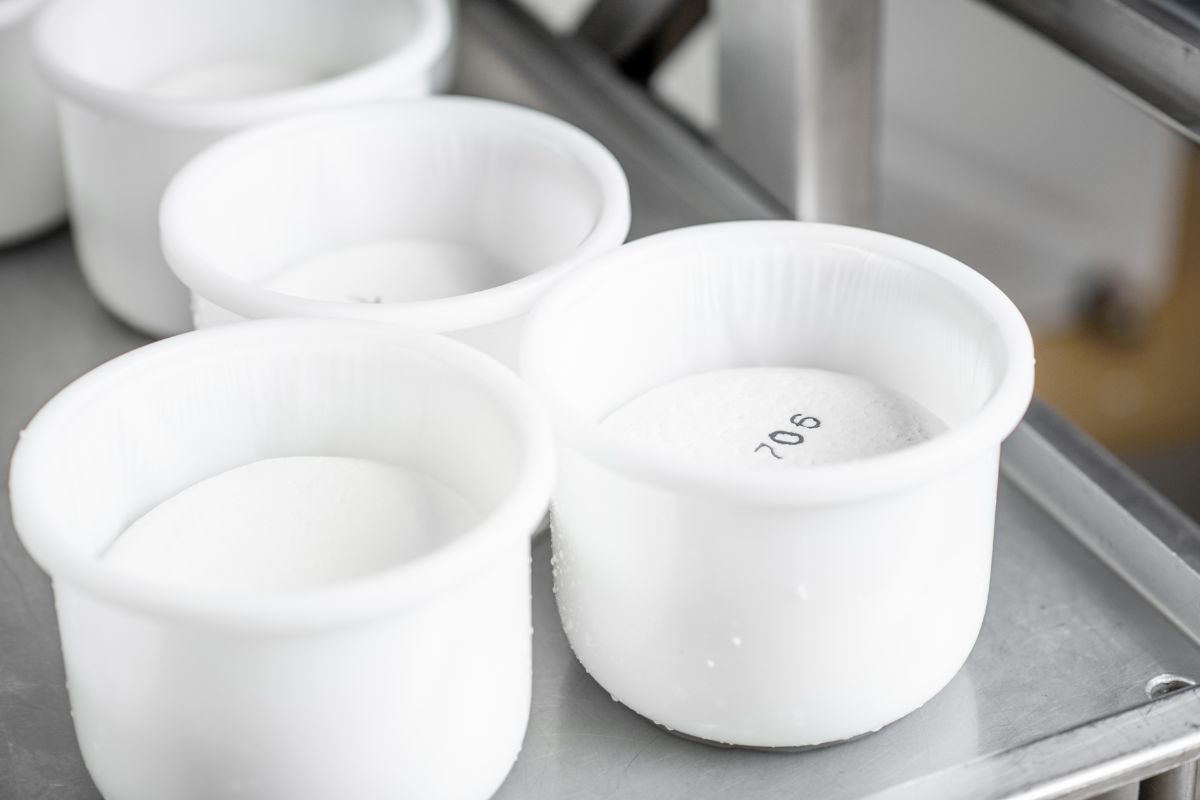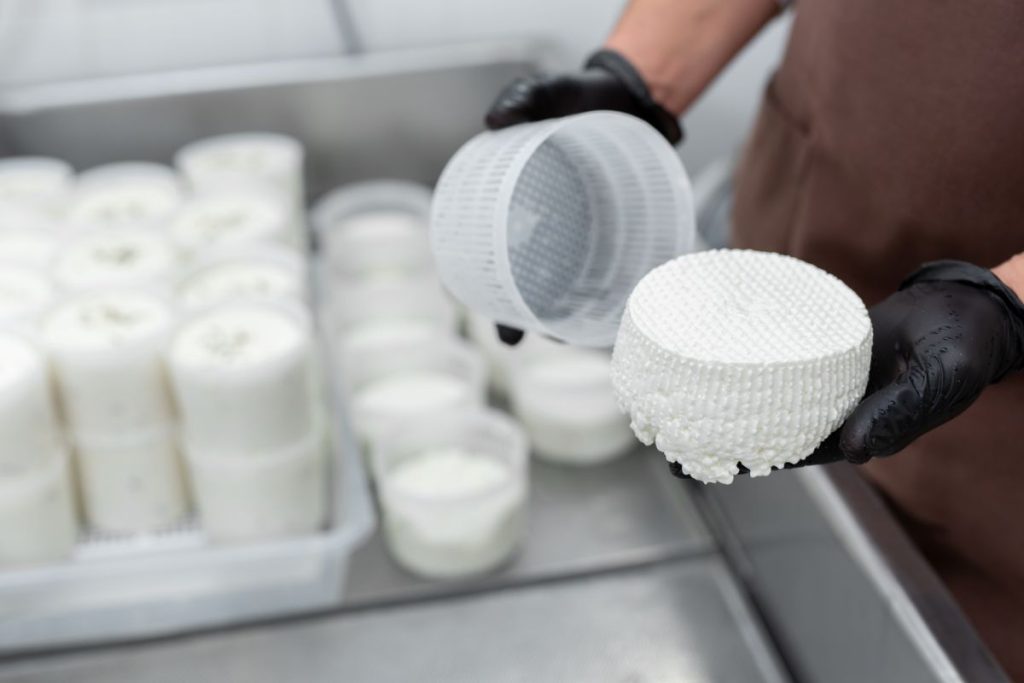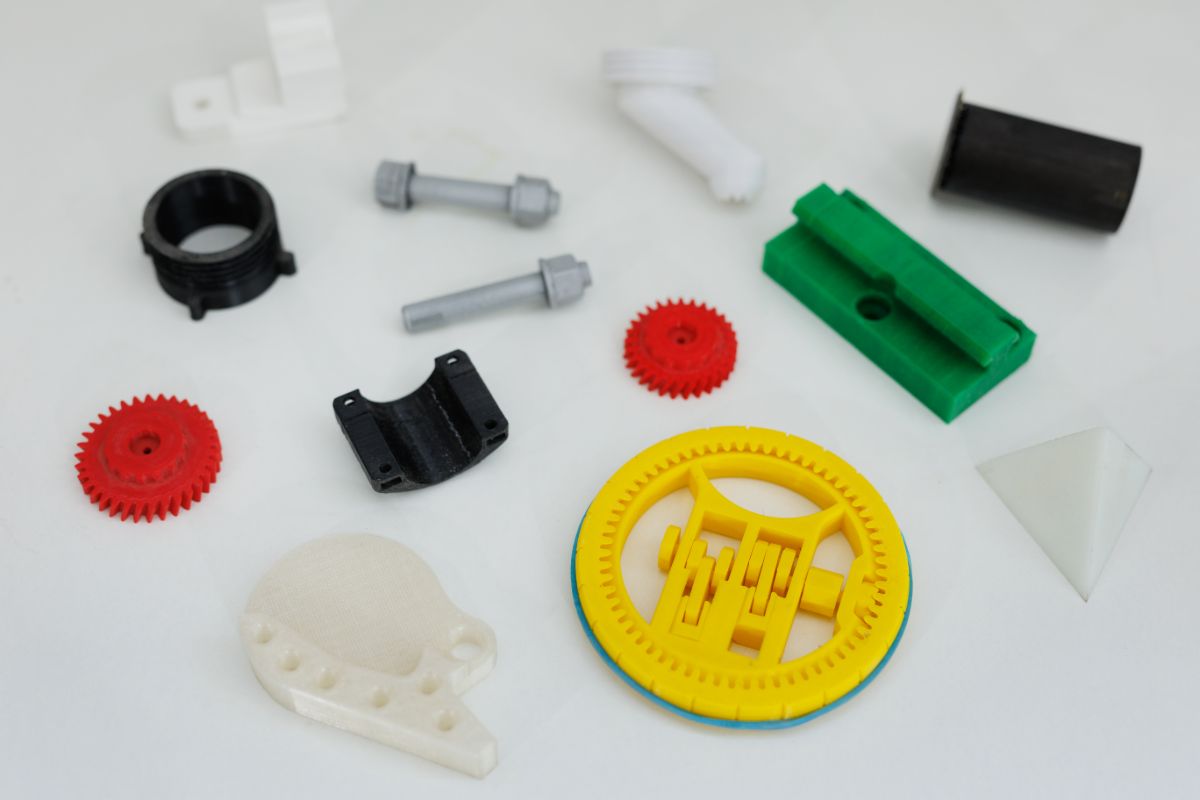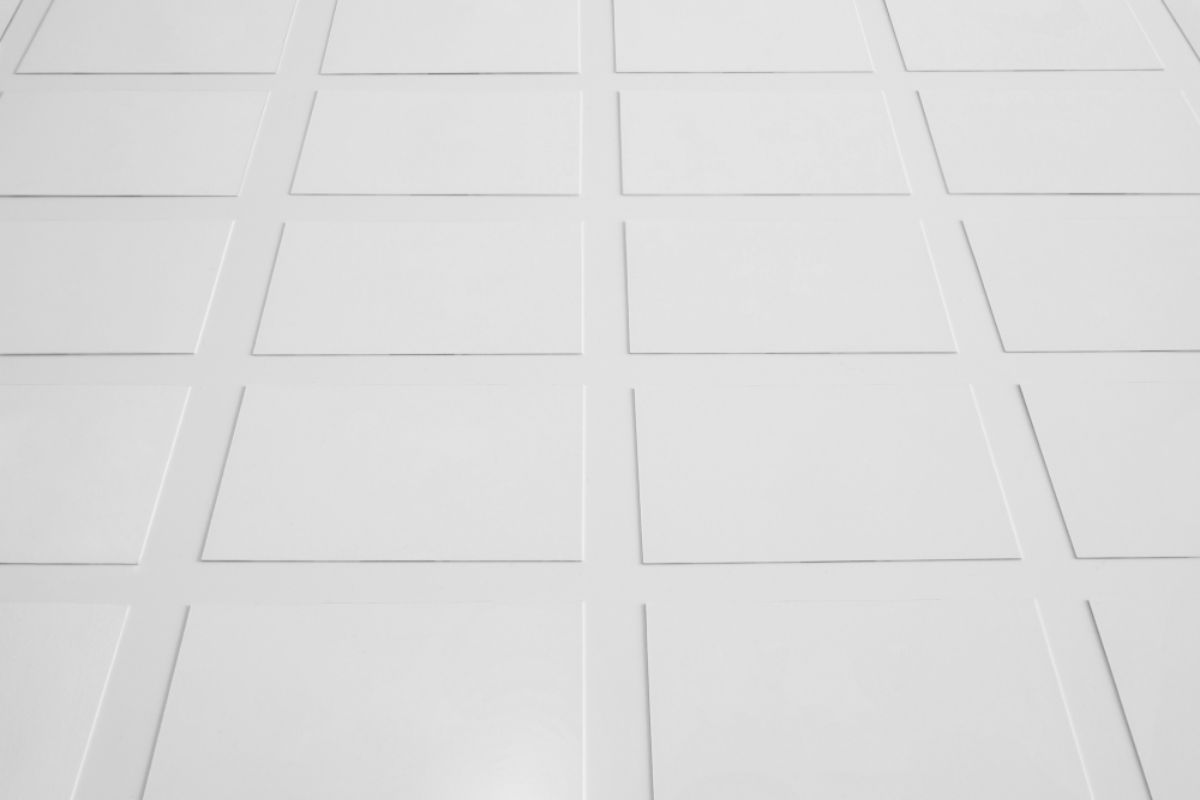What are some critical considerations for high-quality large injection molded parts?
- Material Selection
- Mold Design
- Production Process
- Post-Production Finishing
- Testing and Validation
Large injection molded parts are increasingly used in a wide range of industries, from automotive and aerospace to healthcare and consumer products. Designing these parts requires careful consideration of a range of factors from start to finish.
The quality of the finished product is critical to the success of these industries, so, understanding the critical considerations for designing is essential.
In this article, we’ll explore some of the key considerations that must be taken into account when designing large injection molded parts. This helps to ensure that the highest quality parts are produced.
Material Selection
Material selection is one of the critical considerations in designing high-quality large injection molded parts. The material chosen for the part will play a significant role in determining the part’s final properties, including its strength, durability, heat resistance, and chemical resistance.
The wrong material selection can lead to failure, underperformance, or even safety risks. Therefore, it is important to consider the specific requirements of the application when choosing the material.
There are a variety of materials available for use in large injection molded parts, including thermoplastics, thermosets, metals, and composites. Thermoplastics are the most commonly used materials in injection molding, with various options such as polypropylene, polystyrene, acetal, and nylon. They are preferred for their excellent strength, durability, and ability to withstand high temperatures. Thermosets, such as epoxy, phenolic, and melamine, are known for their high heat resistance and excellent chemical resistance.
Mold Design
Mold design is another critical consideration in designing high-quality large injection molded parts. The design of the mold will play a significant role in determining the quality and consistency of the final part. A well-designed mold can improve the efficiency of the injection molding process, reduce waste, and ensure that the final parts meet the desired specifications. This is why it is highly recommended to work with an experienced plastic mold maker as early as this stage.
The mold design process begins with a thorough understanding of the part’s geometry, size, and required properties. This information is used to create a 3D model of the part that can be used to design the mold. The mold design must take into account several factors, including the type of material to be used, the injection molding machine’s capacity, and the desired production volume.
One of the critical considerations in mold design is the gating system. The gating system controls the flow of molten material into the mold cavity and affects the part’s quality and consistency. The design of the gating system must be carefully considered to ensure that the molten material is distributed evenly throughout the mold and that the part’s surface finish is of high quality.
Production Process

The production process for large injection molded parts is a complex and multi-step process that requires careful attention to detail. The process starts with material preparation, which involves feeding pellets or powder into the injection molding machine’s hopper. The material is then melted and homogenized to ensure a consistent melt.
Each part is inspected for defects, and any defective parts are removed from the production line. Quality control may include testing the parts for durability, strength, and other properties to ensure they meet the required specifications. Manufacturers must ensure that each part meets the required standards before they are shipped to the customer.
Post-Production Finishing
Post-production finishing is a critical aspect of the production process for large injection molded parts. It ensures that the final parts meet the required specifications and have the desired appearance and functionality. The choice of finishing technique depends on the part’s material, design, and intended use. The selection of the right finishing technique is crucial to ensure that the final parts meet the required specifications and are of high quality.
Testing and Validation
Testing and validation are essential steps in the production process for large injection molded parts. These steps ensure that the final parts meet the required specifications and are of high quality. The process must be carefully controlled, and any issues or defects found during testing must be analyzed and corrected to ensure that the parts meet the customer’s requirements.
In addition, testing and validation help identify any opportunities for improvement in the production process. By analyzing the data gathered during testing and validation, manufacturers can identify areas where the process can be optimized or streamlined to reduce costs or improve efficiency. This feedback loop is an essential aspect of the production process and can help manufacturers continually improve their processes and products.
Key Takeaway
Producing high-quality large injection molded parts requires careful consideration of multiple factors. With the right approach, manufacturers can produce large injection molded parts that are strong, durable, and reliable, and that meet the needs of a wide range of industries and applications.
If you’re looking for a reliable partner for large part injection molding, it’s crucial to work with an experienced and knowledgeable manufacturer. Here at Richfields Plastics, we have a team of experts who specialize in every aspect of the production process, from material selection to testing and validation.










